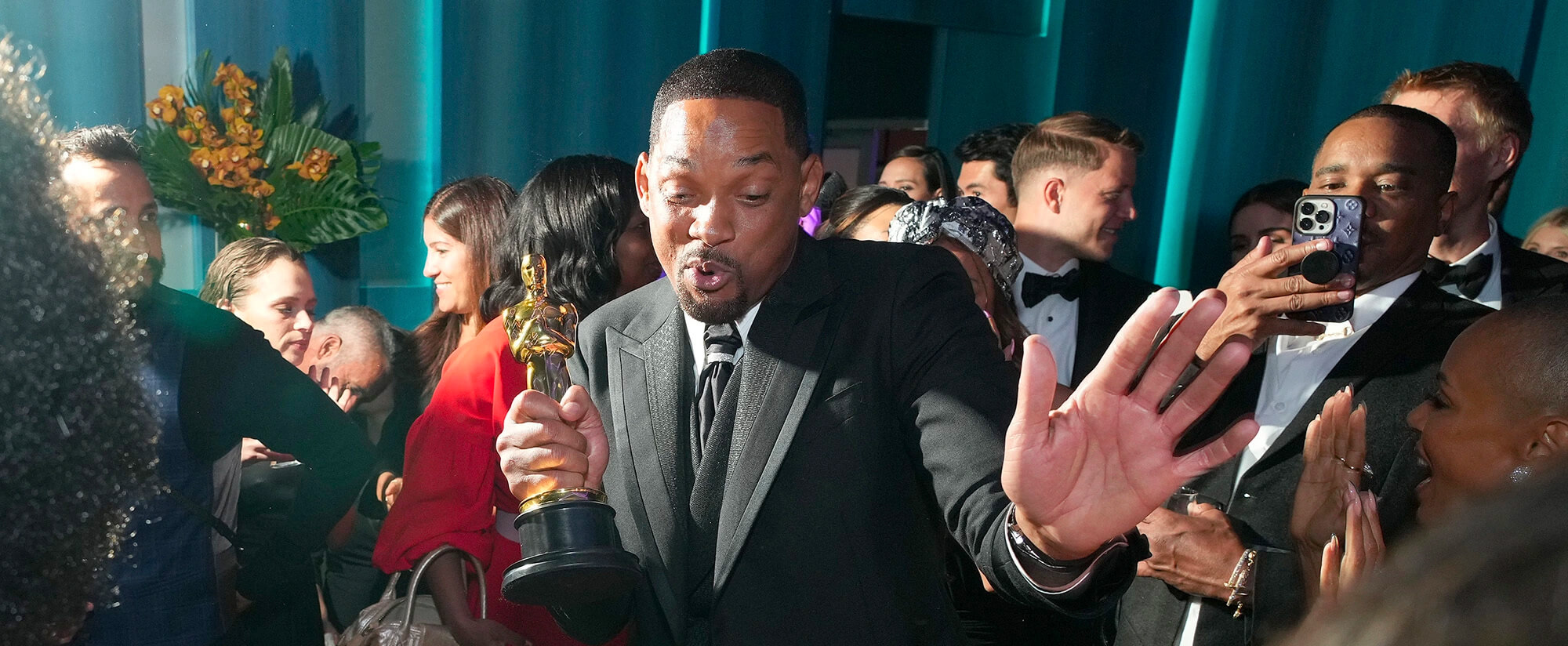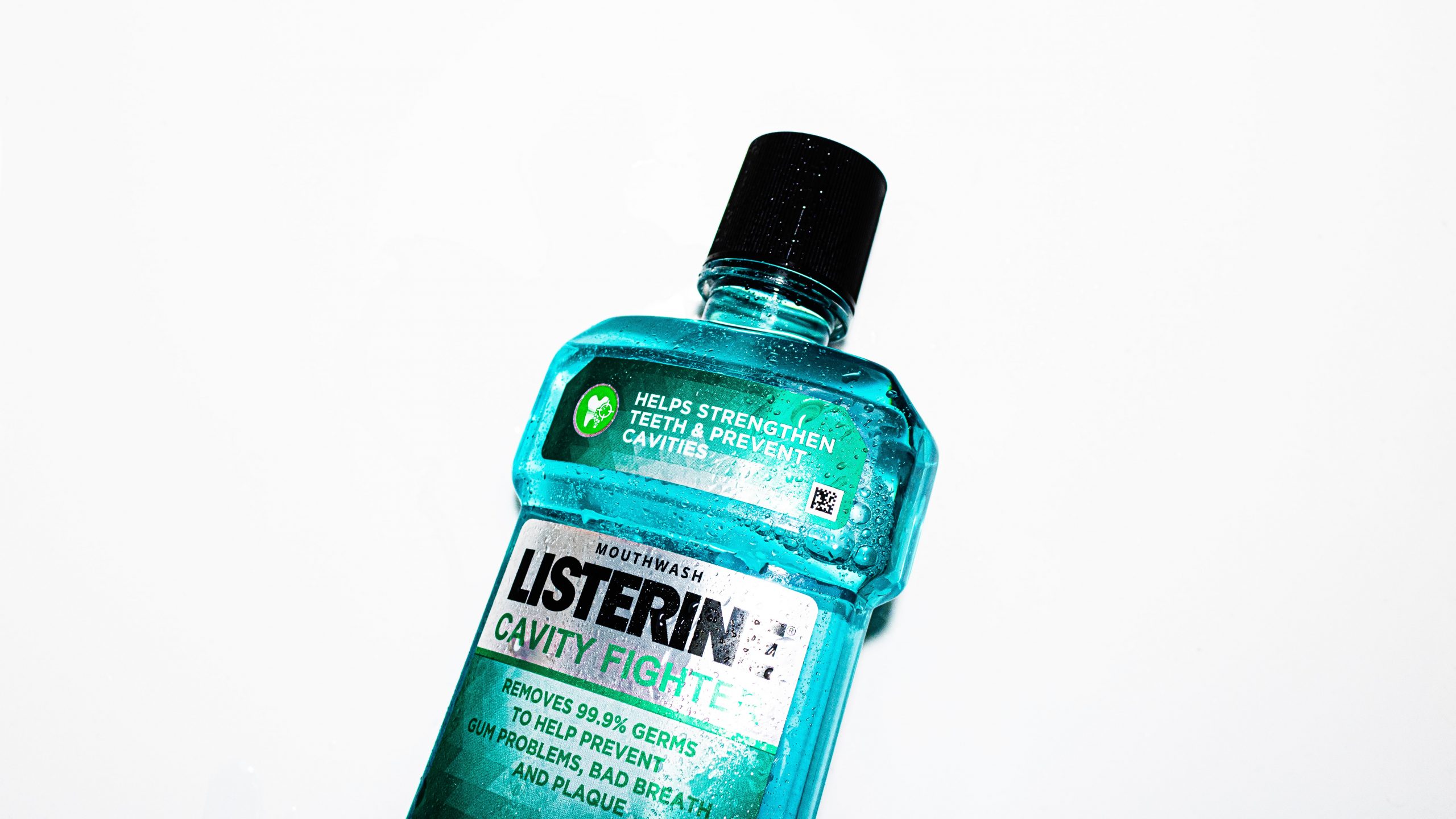Culture hacking is about relevance; keeping pace with what your customers care about when they care about it. Which is something that most brands simply don’t do. Why? Put simply, most businesses think that in order to sell their brand they need to talk about what makes them great. I’m sure you can already see where the issue is here…
While you’re off bragging about the features of a new product, your customers are dreaming about bettering their own lives; going on adventures, making friends, gaining status, respect, or power, feeling sexy, morally superior, or spiritually whole. Your product might be great, but what does it mean to buy it from your brand? Will it help them express who they are in the story of their lives?
In other words, does spending money on your brand make me more… Me?
That bias comes down to whether or not your brand reflects their worldview; that is, the values, attitudes, beliefs, perspectives and opinions that inform the way they see the world. Proving to your customers that you’re worthy of a place in their story often comes down to how your brand contributes to the cultural conversations they care about. You establish your brand, or the people behind your brand, as ‘one of them’.
Humans talking to humans
It sounds obvious, but the first step is to recognise that your audience’s identity exists outside of your purchasing decision. They have hobbies, likes, dislikes, fandoms, and political views. They’re far more than their occupation, gender, address, age or any other kind of demographic data they fall into. In our cultural landscape, humans express their identity through the content they share and consume.
Marketers, when you’re not working, what are YOU doing? Are you scrolling Insta, listening to a pop culture poddy, scouring YouTube, or finding the perfect GIF to make your BFF laugh on messenger? When was the last time you took ten minutes out of your day to watch a corporate explainer video?
This brings us to a key question. Can your customer express their identity by sharing your brand’s content?
Let’s look at an example. A standout campaign by the American feminine hygiene brand, Always, joined cultural conversations around the gender stereotypes within society. Produced in 2014, their #likeagirl YouTube video has received over 70 million views since its creation, sparking a powerful global movement tied to their hashtag. That’s pretty impressive! The video has even been used in schools worldwide to educate students on the impact of gender stereotypes.
The business recognised an opportunity in the sociopolitical conversations happening at the time and chose to platform equality; a message they knew their market could relate to and connect with.
Steer clear of self-importance
So here’s what not to do; as we mentioned already, plenty of brands tend to put their product on a pedestal. This is the pinnacle of self-important marketing, where the consumer’s wants and needs are secondary to the brand’s message.
That’s not to say that self-important marketing never works; just that there’s an opportunity to go deeper which many advertisers miss. By connecting your brand to the opinions and worldviews of your audience, you’re developing the kind of affinity that’s essential for establishing long-term brand loyalty.
So what happens when your brand’s message is disconnected from its audience?
In 2017, AirBNB sent out their ‘floating world’ email with the intention to market a holiday experience where travellers spend an entire trip ‘without touching dry land.’
On the surface, it sounds like a pretty cool idea.
The problem here is that Hurricane Harvey was tearing through Houston at the time, causing unprecedented rainfall that submerged much of the area.
The ad came across as insensitive and offensive because it was. Because AirBNB wasn’t in touch with the cultural happenings around their audience. Because their focus was purely on their new campaign bringing in more revenue.
Think about how you’d feel if your friend made a joke about your house after it was just destroyed. What’s your immediate emotional response?
The fact is, each and every piece of content on the internet will evoke an emotional response of some kind; be it envy, desire, respect, appreciation or even admiration.
So ask yourself, how do you want your viewers to feel?
Partnering with cultural leaders
The power of cultural leaders to influence conversations is monumental. If you’re not a cultural leader, ask yourself; can you work with one? Can you influence the influencer?
Recently, we worked with our sister agency Lush on a creative campaign for Volunteering WA. The objective? Shed the ‘daggy’ vibes and attract a younger audience aged 18-27 to make positive change through volunteering.
How’d we do it? We partnered with cultural leaders, of course.
Enter Cold Nips, a community group that meets weekly for a dip in the ocean to promote wellbeing and positive mental health; and Oli Clothing, an environmentally conscious, well-loved clothing label from Perth.
These two influential local brands already had the trust and attention of the audience Volunteering WA was trying to connect with; partnering with them meant tapping into that audience’s pre-existing desire to make positive change, connecting that feeling with volunteering.
We documented a social volunteering day at the beach with Cold Nips and OzFish. Attendees received an Oli X VWA shirt and collected seagrass fruit to help restore and regenerate seagrass meadows. It worked; the campaign generated a huge uptick in volunteer applications in the span of just two months. So well, in fact, that the campaign made it to the news.
Become a cultural touchstone
Culture is forever changing. It might seem strange to us now, but people in the 90s genuinely thought the internet would be a passing fad.
More recently, the world went crazy when Will Smith smacked Chris Rock at the Oscars; memes, debates, and commentary burst into our newsfeeds instantly. As a marketer, it is your role to be aware of the conversations, movements, and events going on around your audience, not just what’s going on for your brand.
Where does your brand fit into culture?
A brand like Pela that sells phone cases made from recycled plastic, a short look at their Instagram page reveals posts about wildlife, biodiversity, world water day and mental health.
Every brand has a unique set of messages and values; so it follows that different brands will connect to different areas of culture. Your content should speak directly to your target audience, telling an authentic story that recognises and contributes to the conversations surrounding them.
The kind of person that is going to buy a recycled phone case is likely someone that is passionate about environmentalism. That’s why the content that Pela posts sparks emotion in their audience. They feel proud to be supporting a great cause, they feel admiration for the work that Pela is doing, and vitally, they can express themselves through the brand.
So perhaps ask yourself, where does your business sit in today’s cultural conversations? How can you identify people leading your line of culture?
Interested in reading more about how culture can impact your branding? You might enjoy this blog post analysing cultural references in this year’s Australian Lamb ad.
On a final note, not everything you post has to comment on a current social issue. Sometimes it’s just about having a bit of fun; so on that note, here’s one from Oreo in 2013 when there was a blackout at the super bowl…









